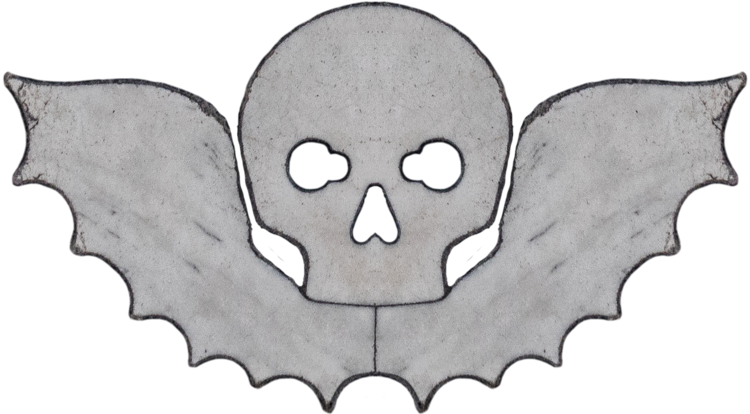After a long day trip to Amsterdam, I wanted to go somewhere a little closer to (temporary) home in Essen the next day. Zeche Zollverein is about 15min down the road, and very famous in this area, easily the most well known tourist attraction in the Ruhrgebiet, but I'd never gotten around to visiting before. Somehow an old industrial site didn't really sound exciting to me, when there are many old famous cities, cathedrals, museums all over the place to visit instead. Or maybe industrial engineering is a bit too much like work/study to me! But I'm glad I made the trip this Sunday, I found the whole thing really interesting and also fun to photograph (most importantly!).
Zeche Zollverein is one of only 20 industrial sites to be UNESCO World Heritage listed, and industrial culture in general is quite a big thing in the Ruhrgebiet. This is the huge industrial area in mid-west Germany where there was lots of heavy industry before WWII - which was subsequently flattened in the war, and then rebuilt to form the centre of Germany's 'economic miracle' and return to prosperity in the 1950's and 60's. A lot of towns around here were heavily damaged and then rebuilt in modern style (think ugly concrete) so they lost a lot of cultural heritage in places, and have embraced their more recent industrial culture instead. The main buildings shown here are from the 1930's, built in the 'Bauhaus' style, considered an architectural masterpiece at the time, making it known as the 'most beautiful coal mine' in the world!
The Zollverein complex was started in the 1830's but continuously expanded over the years as demand for coal and coke (for steel making) rapidly grew. The biggest shaft (12) was built in 1932, and the massive Coking plant in 1961 - which I didn't get to visit as there was more than enough to keep me occupied in the Shaft 12 and Washing Plant areas. But they have some really cool stuff at the Coking plant as well - like a massive 150m-long ice skating rink down the whole length of the plant in winter. At times this was the largest coal mine in Germany, and employed almost 7000 people! The mine shafts were closed in 1986, and the coking plant in 1993 - but the state government immediately bought the land and declared it a heritage site to be preserved and maintained.
The whole massive site has been turned into a tourist attraction, including tours of the old facilities of course, but also art galleries, studio spaces, concert halls (and outdoor concerts), the ice rink, a big sculpture park, several museums, a very fancy restaurant and lots of cafes, and even a swimming pool on an upper deck of the coking plant! I went on a guided tour of the Shaft 12 complex, and as we were walking through an old control room there was a massive glass wall with a Zumba class running on the other side! Quite surprising to see, but they are making all sorts of use out of this complex now. Although most of my photos focus on the old equipment and buildings, there is lots of space and activities for the community as well.
I spent quite a bit of time just walking around the buildings of the complex taking photos, and there weren't too many people outside as it was cold and windy and wet. But I also did the guided tour, and visited the Ruhr Museum, which has been recently opened in the bowels of the Coal Washing plant - quite a nice museum, but a really cool setting. More photos from that part of the complex and inside the shaft buildings next time! I've run out of weekends on this trip to Germany to visit again, but I'd quite like to come back next time and see the Coking Plant, and also the 'Red Dot' design museum built in the old plant boilerhouse, holding the world's largest collection of contemporary design.
